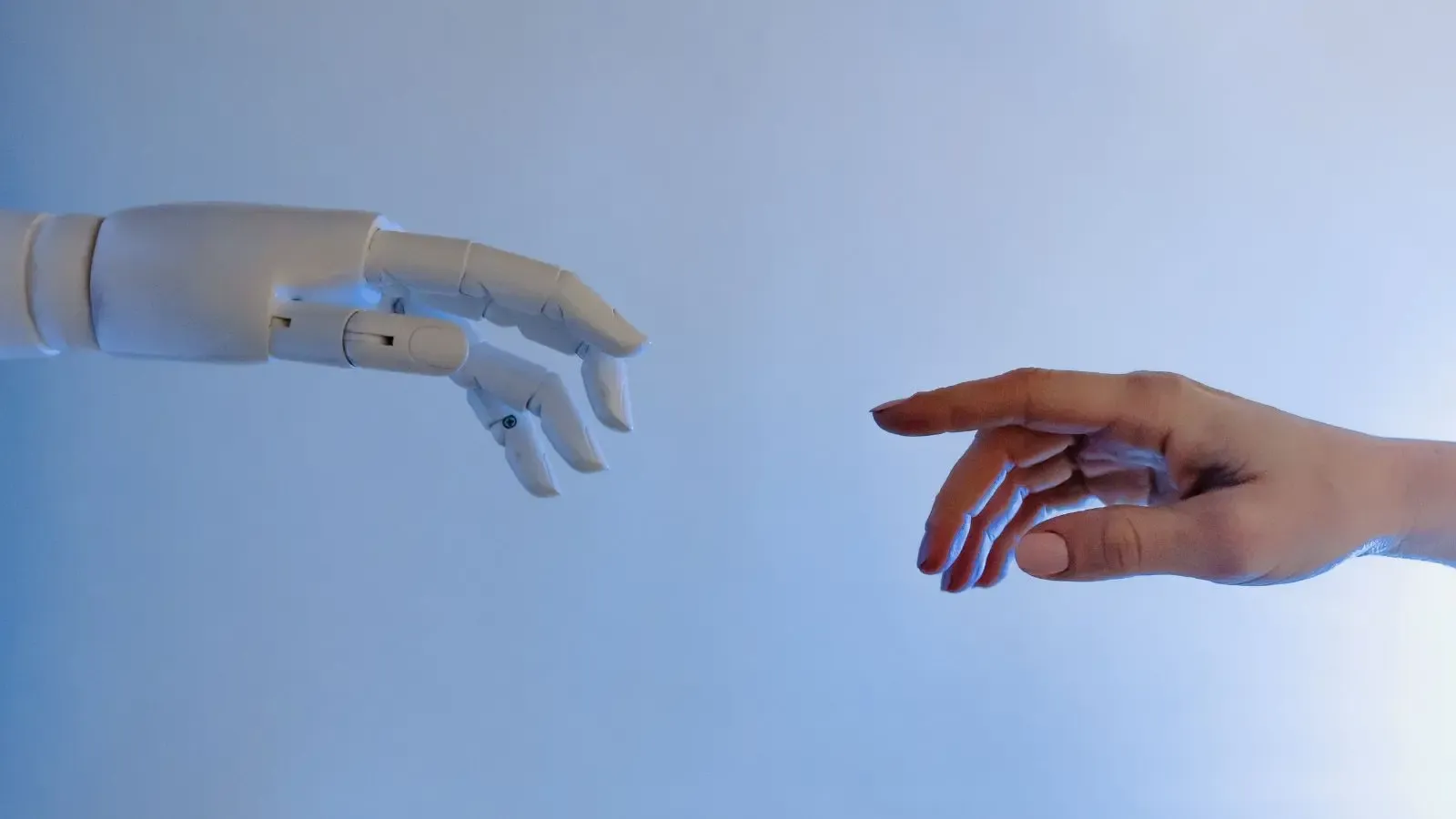
Machine Translation: Is this the new regime?
Translation is undoubtedly an essential tool for businesses all over the world in order to be able to communicate efficiently and more directly.
This is what a translator does.
A -professional- translator is a person who can transmit words from one language to another in order not to change the meaning and the essence of the text. The translation is not an easy job, as many people may claim.
The “art” of giving sense to a text from one language to another is something that needs years of practice and study as well as constant education and training.
The rise of machine translation.
However, over the past years, there has been a massive discussion regarding whether computers can totally replace translators with machine translation.
Machine translation, sometimes referred to by the abbreviation MT, is a sub-field of computational linguistics that investigates the use of software to translate text or speech from one language to another without human involvement.
How does Machine Translation Work?
Machine Translation works with large amounts of source and target languages that are compared and matched against each other by a machine translation engine.
We differentiate three types of machine translation methods:
Rules-based machine translation
Uses grammar and language rules developed by language experts and dictionaries which can be customized to a specific topic or industry.
Statistical machine translation
It does not rely on linguistic rules and words; it learns how to translate by analyzing many existing human translations.
Neural machine translation
Teaches itself how to translate by using an extensive neural network. This method is becoming increasingly popular as it provides better results with language pairs.
However, even if MT has been in broad use over the last few years, there are still some obstacles to overcome if we want the best translation results.
1. Machines cannot understand the context. Machine translation is just translating single words and putting it into a phrase. This is highly doubtful whether a proper phrase can be produced. For example, the meaning of the word “article” may vary depending on the context; if it is a general text, the article has the meaning of a piece of written text made by journalists. On the other hand, in a technical text, it usually means “unit” or “item”. So, machine translation will not understand the context and will translate the word depending on its broad meaning.

2. Machines do not have emotions. That is they cannot understand the hidden meanings of the words. Machine translation may be effective in a general and simple text but in more complex or specific texts, like legal or marketing texts as well as in literature, the meaning of a word or a sentence is not clearly stated unless a human reads it and understands it.
3. Every language is different. Every language has its own grammar and syntax rules. Even though machine translation tools have developed a lot, they do not have the ability to understand genders, plurals or sentence structuring. For instance, some languages like French, Spanish or Greek have genres and different rules regarding the placement of adjectives in a sentence. English do not have that. So, the result of a machine-translated text could be tragic.
4. Machine cannot understand the style and the tone of a text. If we have a text whose aim is to convince consumers to buy a product, machine translation does not have the culture and the “intelligence” to use the correct words. For instance, in such texts it is common for slang and more informal language to be used, so, without the human touch the final translation would never have the expected result.
Machine translation technology is based on encoding and decoding source sentences.
In other words, it all depends on algorithms and probability. Still, machines cannot understand context, spot mistakes in the source text, or pick up the nuances of a language. By contrast, human translators are capable of it all.
Either way, we are not yet in a place where we can completely rely on machine translation, even for simple texts. A human, professional, and experienced human translator will always be indispensable.
So, if you are now convinced that you do need a human translation from the best, do not hesitate to give us a call or contact us through email.
Our translators are waiting for the next project!
Need a Translation?
Tell us a bit about your project & we’ll follow up shortly!